The driving experience is fantastic, but this compact crossover leans a bit too heavy on the “compact” part.
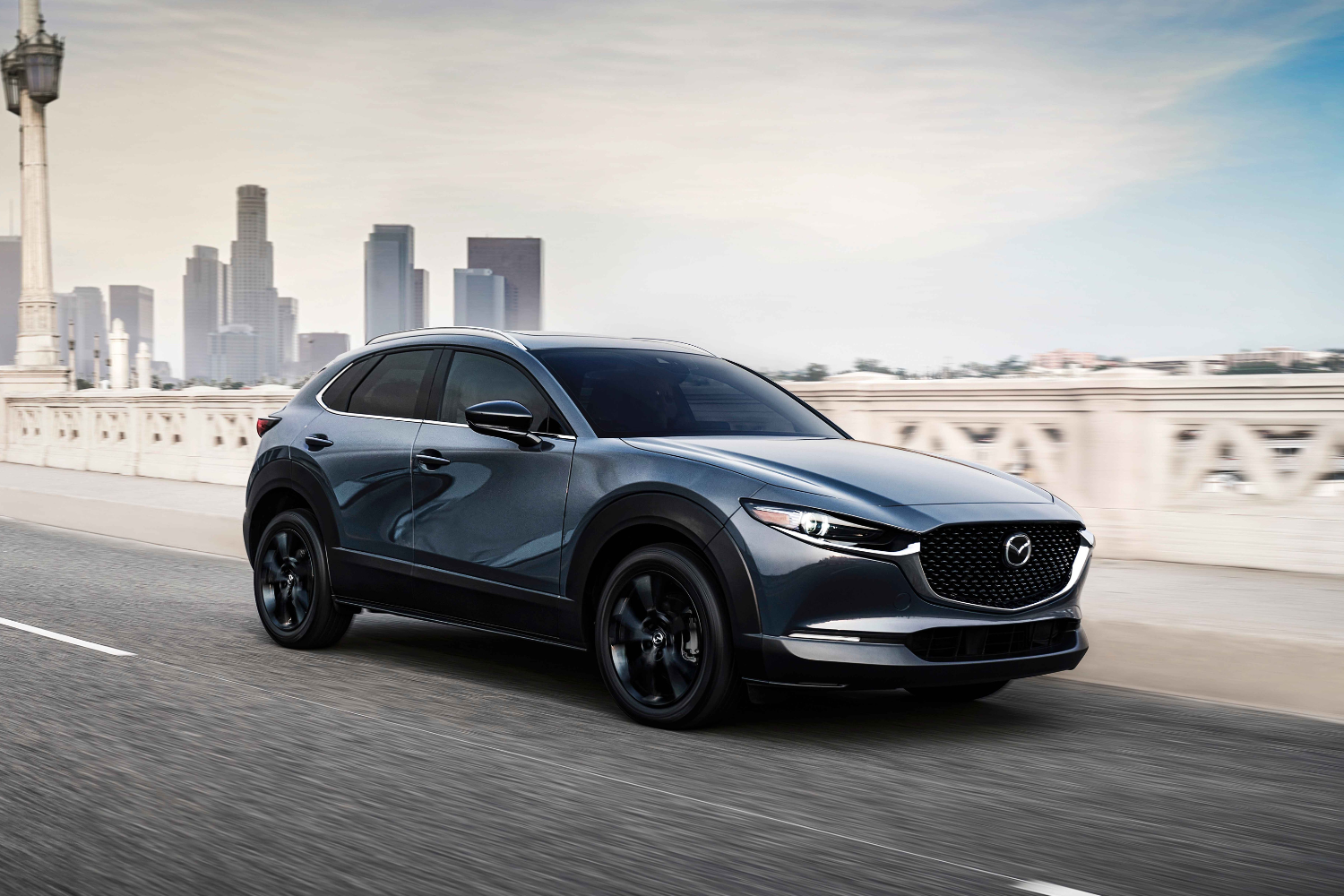
Price: $23,200–$35,200
8 /10
Rating
Pros
- Upscale, premium interior design
- Powerful 250-hp turbocharged engine
- Engaging, sporty driving dynamics
Cons
- Cramped rear passenger space
- No touchscreen use while driving
Review of the 2021 Mazda CX-30 Turbo Premium Plus
Sliding into the driver’s seat of this compact crossover SUV, I immediately noticed how upscale the cabin felt—soft leather, sculpted surfaces, and a modern interior design that shames even the Audi Q3. Mazda’s obsession with near-premium vibes pays off here, though the rear seat’s tighter than my jeans after Thanksgiving. The 2.5-liter turbocharged four-cylinder under the hood isn’t just adequate—it’s a powerful engine that devours bends with assured grip, even when I got greedy with the throttle mid-corner.
Sure, there’s a hint of understeer if you throw it too hard into apexes, but the chassis and natural steering keep things connected, like the car’s reading your brain. Compared to the BMW X1 or Hyundai Venue, this SUV leans more sedan in its driving manner—low-slung and eager, thanks to a lifted suspension that doesn’t feel like you’re higher up on stilts.
The all-wheel drive system is standard here, a benefit when tackling windy roads or soggy parking lots. But let’s not pretend it’s flawless: the optional driver-assistance features can feel overzealous, chirping at shadows like an anxious Chihuahua. Still, for a subcompact SUV priced below more-expensive rivals, the CX-30 Turbo Premium Plus nails the balance between luxury trimmings and blood-pumping performance.
If you’re cross-shopping the Mazda3 Hatchback or eyeing the larger Mazda CX-70, ask yourself: do you want svelte styling that hugs sculpted backroads or something that’ll insist on grocery runs? Your personal preference—not the shopping list—decides here.
What's New in 2021?
Mazda’s sophomore year tweaks are subtle but punchy. The star of the show? A turbocharged 2.5-liter engine now available across the lineup, cranking out 250-hp—enough to make merging onto highways feel like you’ve hijacked a rocket. During my week with it, I caught myself grinning like a kid at every stoplight, thanks to that addition. The Premium Plus trim throws in a Bose 12-speaker stereo as standard (perfect for air-drumming to Queen), and Apple CarPlay/Android Auto finally arrive, though wireless charging stays optional. My nitpick? The Premium package, with its heated rear seats and head-up display, still feels like a Mazda cash grab for features competitors include base. But hey, at least the CX-30’s changes prove it’s not coasting on last year’s hype.
Pricing, Trim Levels, and Best Choice
Navigating the trim levels feels like decoding a menu at a fancy café—do you go basic or splurge on the turbocharged feast? The base non-turbo starts at $23,200, but toss $35,200 at the Premium Plus and you’re rewarded with a 2.5-liter engine that turns highways into playgrounds.
My pick? The midline Select trim ($1400 over base) sweetens the deal with leather-wrapped steering wheel and shift knob, plus keyless entry—because fumbling for keys in a rainstorm isn’t a personality trait. Every trim includes blind-spot monitoring and rear cross-traffic alert, safety features that made my partner stop side-eyeing my lead-footed merges.
While all-wheel drive adds costs, it’s a no-brainer if you’ve ever fishtailed in a Walmart parking lot (guilty). Compared to the CX-5, the CX-30’s price balance leans toward fun over frills, though rivals still undercut it on tech options. For 2021, Mazda’s money move is clear: skip the base, justify the Select, and let the competition sweat.
Powertrain & Performance
The 2.5-liter turbocharged engine is the Zoom-Zoom family’s overachiever, churning out 250 horsepower and 310 foot-pounds of torque on premium 91 gas—though even regular 87 grants a respectable 227 horsepower. Floor it, and 0-60 MPH blazes by in 6.1 seconds (or 5.8 if you’re feeling optimistic). The 6-speed automatic transmission is a no-nonsense partner: in Sport mode, it clings to gears like a stage-five clinger, refusing to upshift until redline, while default mode prioritizes fuel economy with smoother acceleration. Similar to the playful agility found in the 2020 MX-5 Miata, during my tested week, I managed backroad chaos effortlessly—crisp steering and a nimble chassis that hugs corners like Velcro made every twisty road a guilty pleasure.
At freeway speeds, radar cruise control and lane keep assist keep things composed, though the system sometimes mistook shadowy overpasses for existential threats. Compared to the Lexus UX 200 F Sport (which I tested earlier), this vehicle feels substantially quicker and more athletic, even if its $40,000 stickered cousin, the Mazda 3 hatchback, offers similar flexibility. Downsides? Fuel economy nosedives if you exploit that 310 foot-pounds too often, and body movements get a tad jittery over broken pavement. Still, for a CX-30 equipped with this much punch, it’s a fun-to-drive character that provides more grins per mile than most crossovers twice its price.
Fuel Economy and Real-World MPG
Think of the Turbo’s fuel economy like a diet—25 mpg city/33 mpg highway sounds great on paper, but my lead foot averaging 27 mpg overall proved reality bites. The nonturbo models sip lighter, with front-wheel-drive versions hitting 31 mpg highway and 24 city, but where’s the performance fun in that? During a weekend road trip, the six-speed automatic’s relaxed highway cruising kept it close to EPA estimates, though stop-and-go traffic dragged my combined score down to 26 mpg. Opt for all-wheel drive, and you’ll sacrifice 1-2 mpg—worth it if you’ve ever hydroplaned through a puddle deeper than your life choices. Sure, rivals like the CX-30’s fuel-economy cousins might edge it out, but would you trade turbo grins for mileage bragging rights? Didn’t think so.
Interior and Comfort
Slip inside, and the cabin greets you with an upscale feel—nicely padded surfaces, heated seats that warm up faster than my patience in traffic, and a simple, laid-out infotainment system optimized for the rotary knob (though the touch screen stays disabled while moving, thanks Mazda). The front seats are supportive for long drives, and at 6 feet tall, I had ample space—until my lanky friend tried the rear seats. While average-size adults fit okay, the swoopier shape means a small window and thick rear pillar that turn rear visibility into a guessing game.
Still, dual-zone climate control and rear vents keep everyone comfy, and Apple CarPlay/Android Auto connect without the usual Bluetooth tantrums. Downsides? The sporty tautness that makes freeway cruising serene also means absorbing bumps feels like the suspension’s doing CrossFit—trade-offs for that classy, sporty SUV vibe. At least climbing out after a really cold morning is easy, thanks to that upright seating position. Just don’t expect boxier rivals’ roomy practicality—this is an extra-small SUV dressed in class threads.
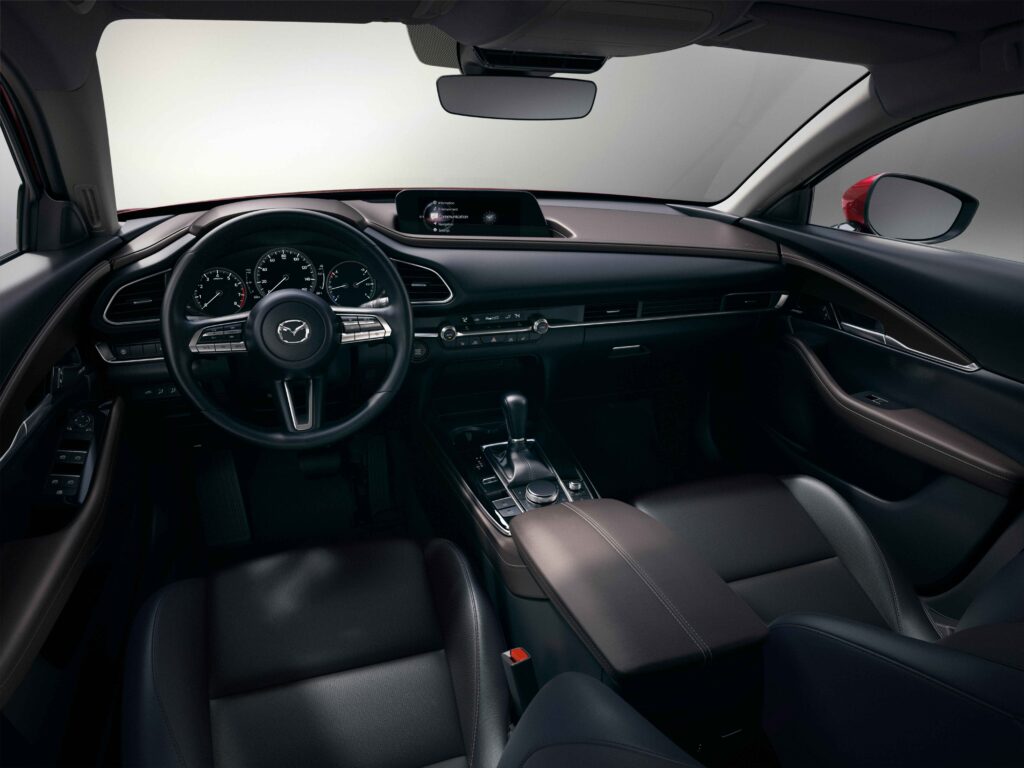
Cargo & Practicality
Pop the tall hatch opening, and you’ll find 20.2 cubic feet of cargo room—decent for a small vehicle, though the shallow depth means stacking heavy items feels like playing Tetris on hard mode. Fold the rear seatbacks, and they lie flush with the cargo floor, creating a usable but middling actual space that’ll fit long items like skis… if you angle them like Jenga blocks. The rear seats themselves are tight for adults (blame the swoopier shape), but young kids in rear-facing seats won’t complain.
Up front, the center armrest bin swallows small items, and door pockets are wide enough for a 1L water bottle—take that, class leaders! But the glove compartment? Let’s just say it’s optimized for manuals and regret. While the CX-30 won’t out-haul boxier rivals, clever touches like installation access for car seats and a sizable cubby under the gearshift prove Mazda’s at least trying. Just don’t expect loading your entire garage sale to be easy.
Tech & Connectivity
The 8.8-inch infotainment display is bright, sharp, and blessedly easy to use—once you embrace the rotary dial Mazda stopped letting you poke the touchscreen while driving (RIP, finger-smudged maps). The Bose audio system pumps good bass for my questionable playlists, though the navigation system feels like it’s stuck in 2015 compared to latest smartphone apps. You get two USBs up front, a 12-volt power port, and a mobile Wi-Fi hotspot on trial—handy until you pay to keep it.
Advanced safety driver aids like lane-keep assist are standard, but the system’s constant beep-lecturing during my test drive made me miss the silence of my ’98 Corolla. While the tech isn’t best in class, it’s upgraded from previous Mazdas, and that rotary dial? Still the MVP for operate-ing menus without taking eyes off the road. Just don’t expect Tesla-level touchscreen capability—this is sharp screen pragmatism, not sci-fi.
Safety
The CX-30 snagged a 5 out of 5 stars overall rating from the NHTSA and a Top Safety Pick nod from the IIHS, thanks to standard automated emergency braking and pedestrian detection that once saved me from a close call with a bicyclist darting across a parking lot. Mazda Radar Cruise Control maintains distance smoothly, though its lane-keep assist can feel like an overeager backseat driver, tugging the wheel if you even think about wandering. The head-up display projects speed limits and alerts without making you glance down, while blind-spot monitoring and rear cross-traffic alerts are lifelines in tight urban jungles.
Key features:
✅ Top Safety Pick with IIHS’s highest crashworthiness rating.
✅ Standard Smart Brake Support mitigates front collision risks.
✅ Driver-selected distance control adapts to highway analysis.
Warranty and Maintenance Plan
Mazda’s warranty isn’t the best—3 years/36,000 miles of basic coverage and 5 years/60,000 miles for the powertrain warranty lag behind Hyundai and Kia’s 10 years/100,000 miles offering. But they sweeten the deal with complimentary scheduled maintenance for the first 3 years, a perk that saved me $400 on oil changes (nice touch!). While Mazda vehicles won’t anticipate your needs like a psychic valet, their powertrain coverage covers essentials without fuss. Just don’t skip the fine print: information on exclusions is drier than a saltine cracker.
Key features:
✅ 3-year complimentary maintenance slashes early ownership costs.
✅ Powertrain coverage half as long as Kia’s decade promise.
✅ Limited warranty matches mainstream, not luxury, benchmarks.
Gallery:
Images sourced from Mazda Newsroom.


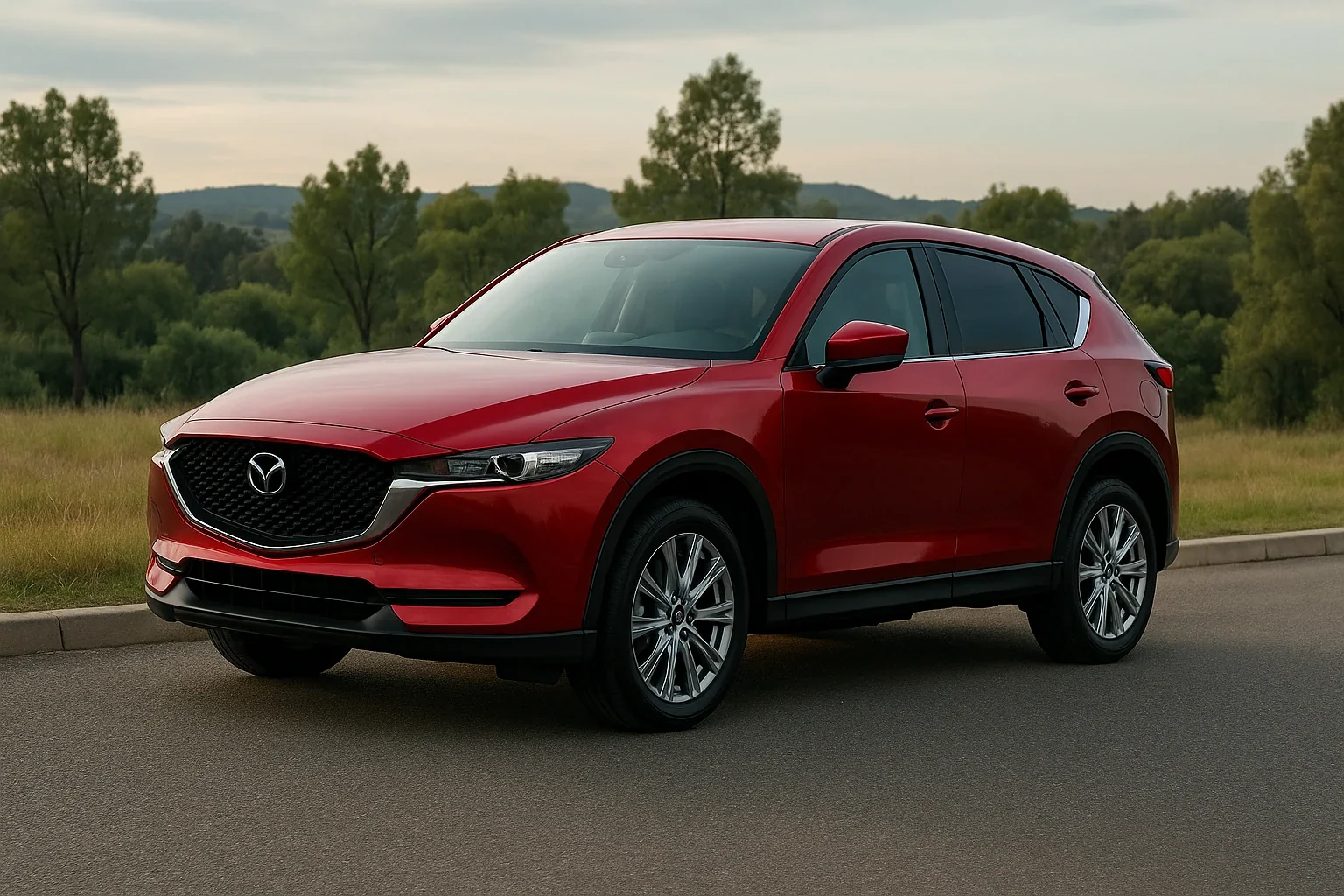
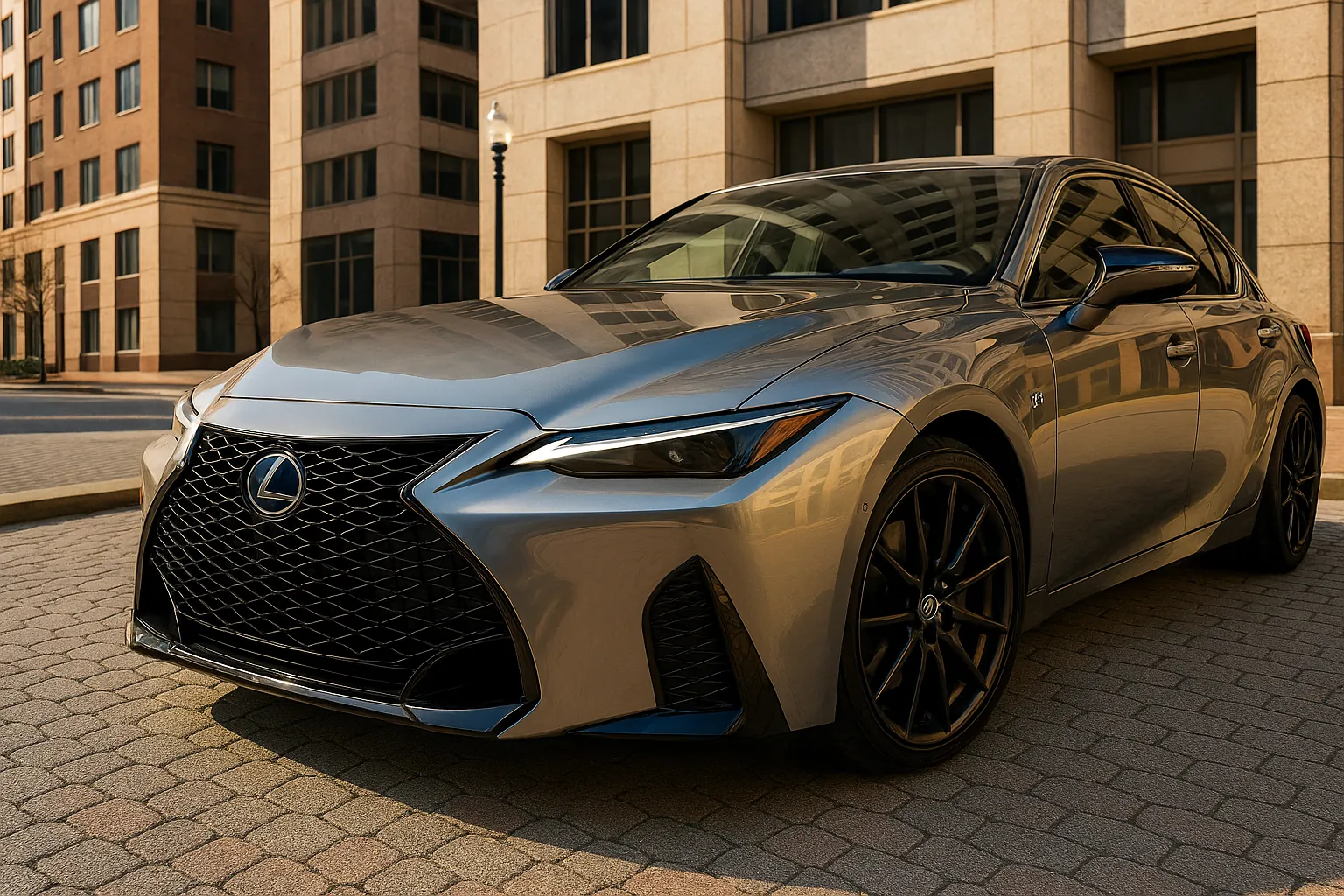

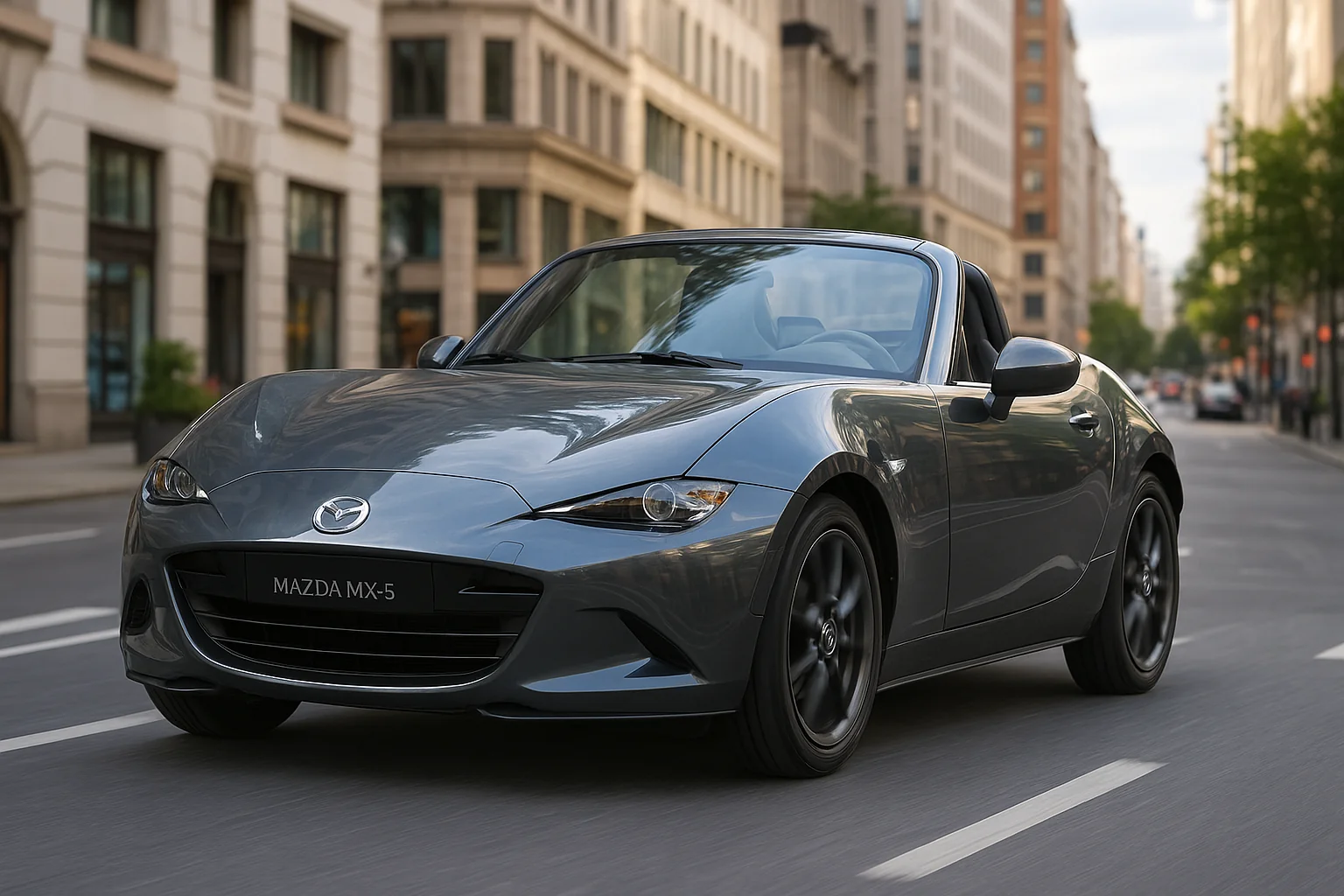
This Post Has 3 Comments
Pingback: 2022 Volkswagen Tiguan SEL R-Line Review | Smart & Capable
Pingback: 2024 Hyundai Kona N Line Review: Turbocharged Urban SUV
Pingback: 2022 Mazda Miata RF Review: Pure Driving Fun Returns